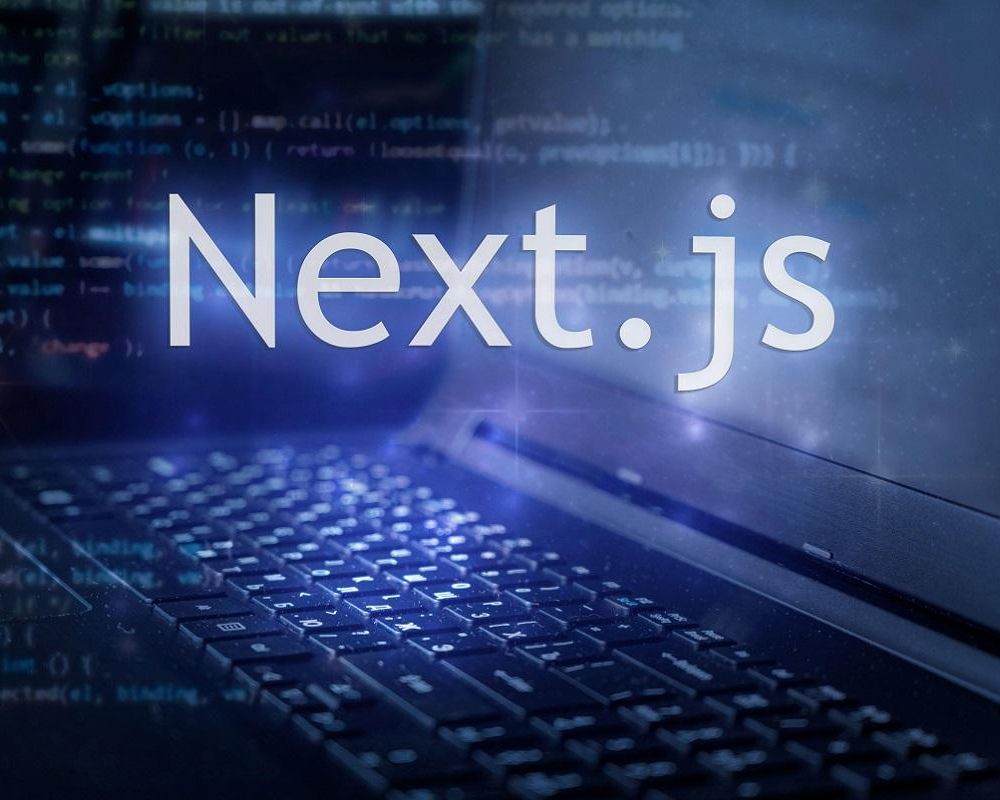Next JS is a popular open-source JavaScript framework used for building modern web applications. It is built on top of React and provides a powerful set of features for server-side rendering, static site generation, and client-side routing. One of the key components of Next JS is its development server, which allows developers to easily test and debug their applications during the development process. In this article, we will dive deep into the Next JS development server and explore its various features and functionalities.
>>> The best next js development company
1. Getting Started with Next JS Development Server
What is Next JS Development Server?
The Next JS development server is a built-in feature of the Next JS framework that allows developers to run and test their applications locally during the development process. It provides a fast and efficient way to preview changes made to the code without having to deploy the application to a remote server. The development server also comes with hot reloading, which means any changes made to the code will automatically be reflected in the browser without the need to refresh the page.

Setting up Next JS Development Server
Setting up the Next JS development server is a straightforward process. First, you need to install Next JS using npm or yarn. Once installed, you can start the development server by running the command in your project directory. This will start the development server on port 3000 by default. You can change the port by passing the flag followed by the desired port number.
Features of Next JS Development Server
The Next JS development server comes with a variety of features that make the development process more efficient and productive. Some of these features include:
- Hot Reloading: As mentioned earlier, the development server supports hot reloading, which means any changes made to the code will automatically be reflected in the browser without the need to refresh the page.
- Error Reporting: The development server provides detailed error reporting, making it easier to identify and fix any issues in the code.
- Custom Routing: Next JS allows developers to define custom routes for their pages, and the development server supports these custom routes, making it easier to test and debug them.
- API Routes: Next JS also allows developers to create API routes, which can be tested and debugged using the development server.
- Environment Variables: The development server supports environment variables, allowing developers to easily switch between different environments during the development process.
- HTTPS Support: The development server also supports HTTPS, making it easier to test applications that require secure connections.

>>> NodeJS Development Services for Web & Mobile
2. Debugging with Next JS Development Server
Using the Debugger
Next JS comes with a built-in debugger that can be accessed by adding the --inspect flag when starting the development server. This will start the server in debug mode, and you can use tools like Chrome DevTools to debug your application.
Debugging API Routes
API routes are an essential part of Next JS applications, and debugging them is crucial for ensuring their proper functioning. The development server provides a convenient way to debug API routes by logging any requests made to them in the terminal. This makes it easier to identify and fix any issues with the API routes.
Debugging Client-side Code
Next JS also allows developers to debug client-side code using the development server. By adding the debugger statement in the code, the browser’s debugger will automatically be triggered, allowing developers to step through the code and identify any issues.
3. Optimizing Performance with Next JS Development Server
Enabling Production Mode
By default, the development server runs in development mode, which includes features like hot reloading and detailed error reporting. However, when deploying the application to a production environment, it is recommended to run the server in production mode. This can be achieved by setting the NODE_ENV environment variable to production or by passing the --production flag when starting the server.
Using Static Site Generation
Next JS supports static site generation, which can significantly improve the performance of your application. By generating HTML files for each page during the build process, the development server can serve these static files instead of rendering them on every request, resulting in faster page load times.
Caching Assets
The development server also supports caching assets, which can further improve the performance of your application. By setting the maxAge option in the next.config.js file, you can specify how long the assets should be cached in the browser.
4. Deploying Next JS Development Server to Production
Building the Application
Before deploying your Next JS application to a production environment, it is recommended to build the application first. This will generate optimized and minified versions of your code, making it more suitable for production use. To build the application, run the command npm run build or yarn build in your project directory.
Running the Server in Production Mode
As mentioned earlier, running the development server in production mode can significantly improve the performance of your application. Once the application has been built, you can start the server in production mode by running the command npm start or yarn start.
Hosting Options
There are various hosting options available for Next JS applications, including popular platforms like Vercel, Netlify, and AWS. These platforms provide easy deployment options for Next JS applications and offer features like automatic scaling, CDN support, and more.
5. Troubleshooting Common Issues with Next JS Development Server
Port Already in Use
One common issue that developers may encounter when using the Next JS development server is the port already being in use. This can happen if another application is already running on the default port (3000). To resolve this issue, you can either stop the other application or change the port for the development server by passing the --port flag.
CORS Errors
Cross-Origin Resource Sharing (CORS) errors can occur when making requests to API routes from a different origin. To resolve this issue, you can use the cors middleware in your API routes to allow requests from specific origins.
Slow Performance
If you experience slow performance when using the Next JS development server, it could be due to various reasons, such as large file sizes, inefficient code, or lack of caching. It is recommended to optimize your code and enable caching to improve the performance of your application.
6. Best Practices for Next JS Development Server
Use Environment Variables
Next JS supports environment variables, which can be used to store sensitive information or switch between different environments during the development process. It is recommended to use environment variables instead of hard-coding values in your code.
Utilize Custom Routes
Custom routes allow developers to define their own URLs for pages, making them more user-friendly and SEO-friendly. It is recommended to utilize custom routes in your Next JS applications.
Keep the Server Running
To take advantage of hot reloading and other features provided by the development server, it is recommended to keep the server running while developing your application. This will save time and make the development process more efficient.
FAQs
Q: Can I use Next JS development server with other frameworks?
A: Yes, the Next JS development server can be used with other frameworks like Express or Koa. You can use the nextHandler function to integrate it into your existing server.
Q: Is it possible to disable hot reloading in the development server?
A: Yes, you can disable hot reloading by setting the hotReload option to false in the next.config.js file.
Q: Can I use Next JS development server for production?
A: While the development server is primarily intended for local development, it can also be used in production. However, it is recommended to use a dedicated server like Express or Koa for better performance and security.
Q: Does the development server support HTTPS?
A: Yes, the development server supports HTTPS, which can be enabled by setting the https option to true in the next.config.js file.
Q: Can I use the debugger with custom routes and API routes?
A: Yes, you can use the debugger with custom routes and API routes by adding the --inspect flag when starting the development server.
Conclusion
The Next JS development server is an essential tool for any Next JS developer. It provides a fast and efficient way to test and debug applications during the development process. In this article, we covered various aspects of the development server, including its features, debugging capabilities, performance optimization, deployment options, troubleshooting common issues, and best practices. By following these guidelines, you can make the most out of the Next JS development server and build high-quality applications with ease.
Contact us:
- 629 Nguyen Kiem, Ward 9, Phu Nhuan District, Ho Chi Minh City, Vietnam
- Phone: (+84) 972.016.100
- Website: https://reliasoftware.com/


